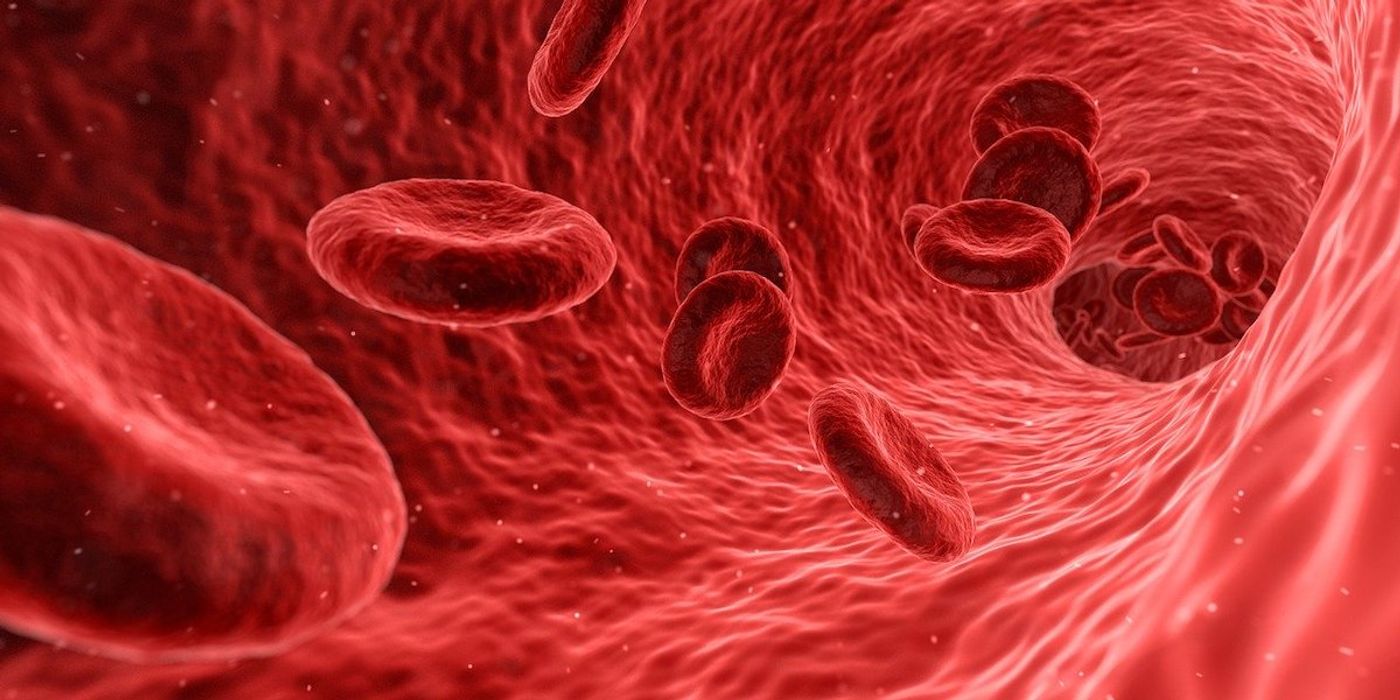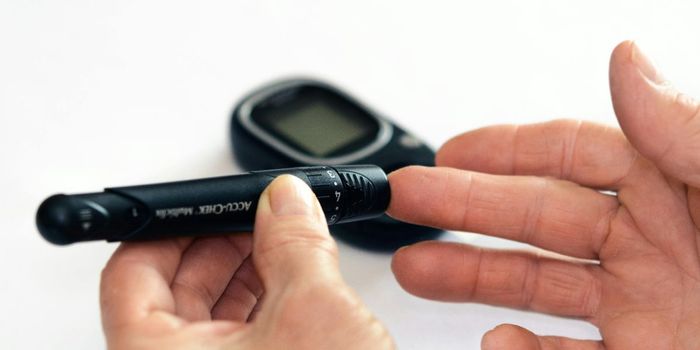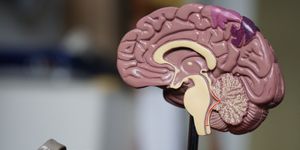Arteries Respond in Different Ways in Females and Males
An estimated 1.3 billion people worldwide suffer from elevated blood pressure or hypertension. Calcium channel blockers are often used to lower a patient’s blood pressure by blocking calcium ions from entering the cells in the heart and arteries through voltage-gated calcium ion channels. Calcium ions cause the heart and arteries to strongly contract; thus, by stopping calcium ions from entering the cells, blood vessels can relax and widen. Voltage-gated calcium ion channels are collections of protein molecules with permeability for calcium ions, which regulate the concentrations of calcium inside of cells, and thus the constriction of blood vessels.
Researchers at the University of California, Davis, have just published a study where they found that one of the proteins that compose ion channels and known to expand blood vessels actually has different functions in males and females. They studied a protein called Kv2.1, which is generally known to form calcium ion channels that dilate blood vessels. However, when the researchers studied both male and female arterial mice cells, they found a striking difference. Indeed, in the male cells, Kv2.1 opened up blood vessels; however, in female cells, the constriction of blood cells was observed. Until recently, researchers only used male mice to study heart disease. The impact of this oversight is beginning to emerge.
The study concluded that the Kv2.1 protein is implicated in the formation of tight clusters of calcium ion channels. Kv2.1 is expressed more in female mice cells than in male mice cells. Therefore, female mice have larger clusters of calcium ion channels. This caused increased levels of calcium ions in arterial cells resulting in constriction of the blood vessels. In arterial cells from male mice, Kv2.1 is expressed less, and the clusters of calcium ion channels are smaller, which leads to dilatation of the blood vessels. Professor Luis Fernando Santana, who was the leading researcher of the study, said: “This difference can only be attributed to the sex of the research mice.”
This study could provide an import link between what is observed in the laboratory and what is seen in a clinical setting. “We think we’ve found the physiological explanation for what some of our clinical colleagues are seeing in patients ― some high blood pressure medications tend to work better for men, while others work better for women,” said Prof. Santana. The goal of this research is to provide insight into patient (sex) specific treatments for hypertension.
Sources: WHO, Mayo Clinic, Drugs in Motion, UC Davis, PNAS









